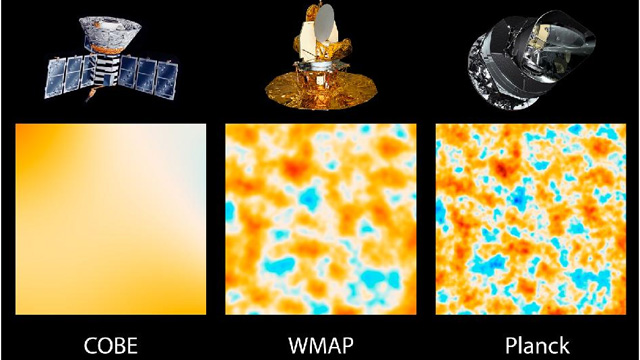
On news that the universe may be 100 million years older than previously estimated, cosmological markets have seen a reduction in the benchmark of universal expansion, the Hubble Constant, down to a new low of 67.15 kilometers per second per megaparsec. This has led to a drop in the dark energy market, down from initial estimates by 3.1% to 68.3% of the total universal mass/energy inventory. On the brighter side, stocks of the highly sought-after dark matter commodities are up to 26.8%, and good-old reliable normal matter fundamentals have inched upward to 4.9%, up from the previous 4.6%.
The news comes not from Wall Street but from cosmological observations by the European Space Agency's Planck mission, and analysis of those measurements by European, NASA and Canadian scientists.
What do the numbers mean?
That the age of the universe is 100 million years greater than previously calculated is interesting, but it won't force the Barenaked Ladies to change the lyrics in the Big Bang Theory's opening theme song; "…nearly 14 billion years ago…" works whether the number is 13.7 or the more recent 13.8 billion.
The small refinements in the percentages of the universe composed of normal matter, dark matter and dark energy are probably more interesting to scientists as far as the absolute numbers go. But the mere fact that a quarter of the universe is made of stuff we can't see (dark matter) and over two-thirds of the universe is made of stuff we can neither see nor at present understand (dark energy) is a stupefying fact. It means that what we can see in the universe (planets, stars, galaxies—normal matter) is only about 5% of what's actually there. Stupefying!